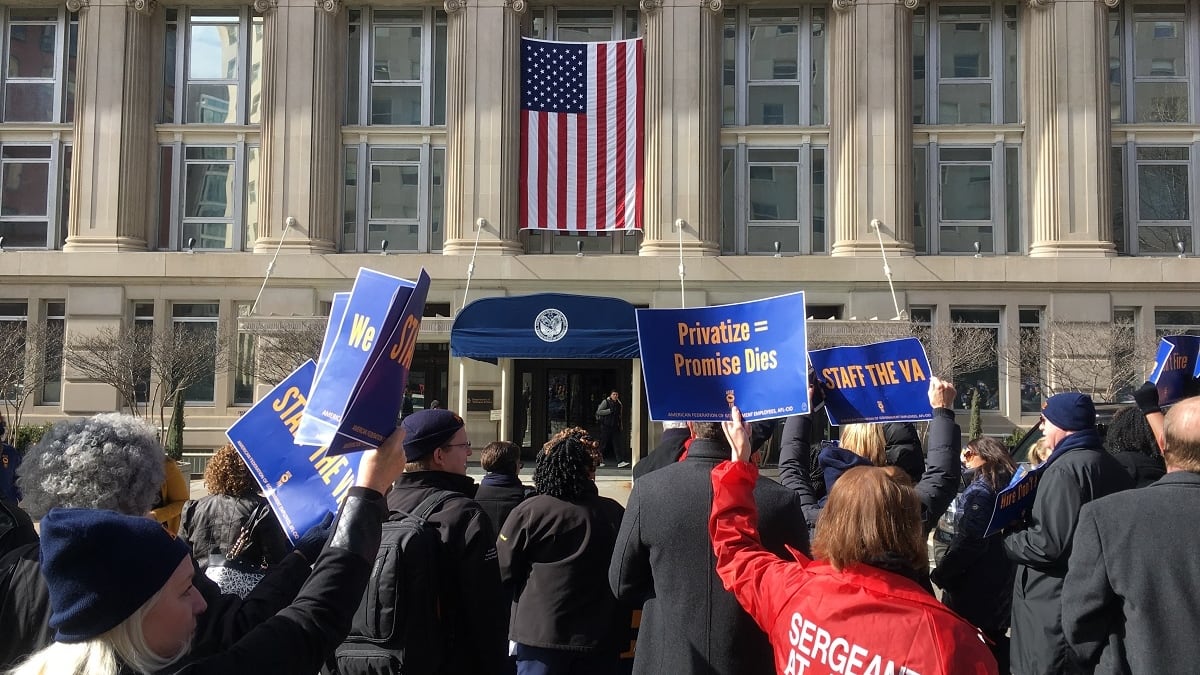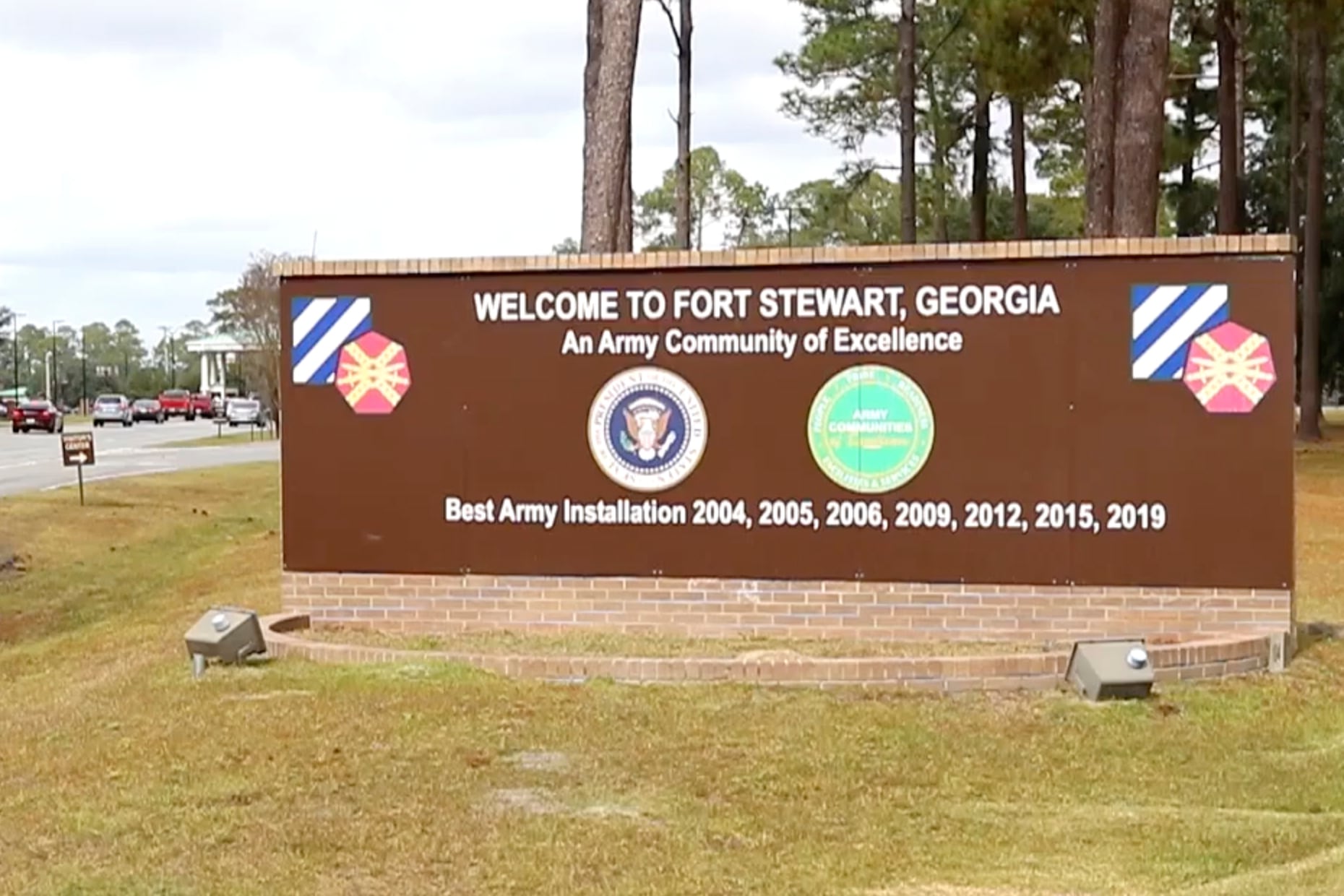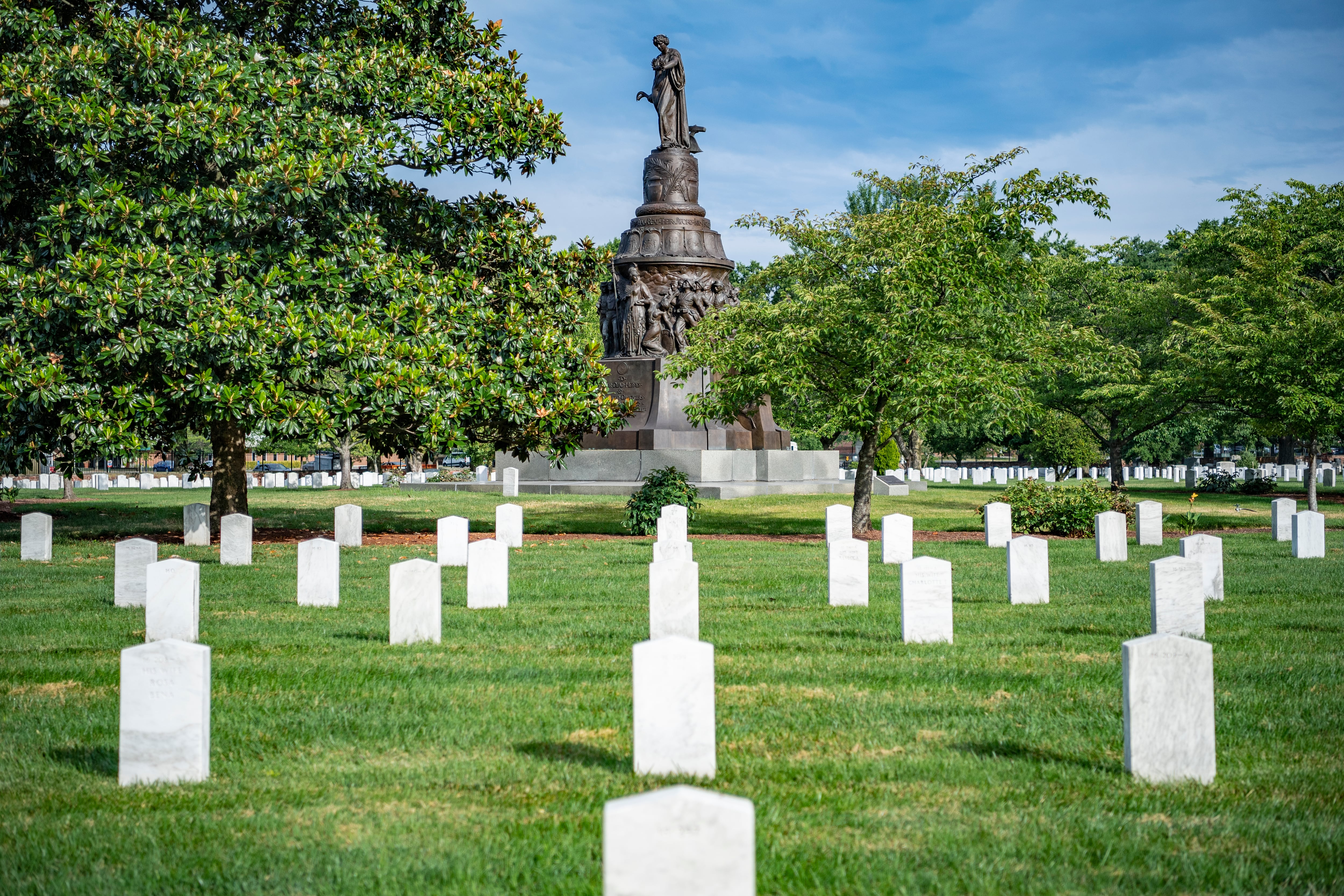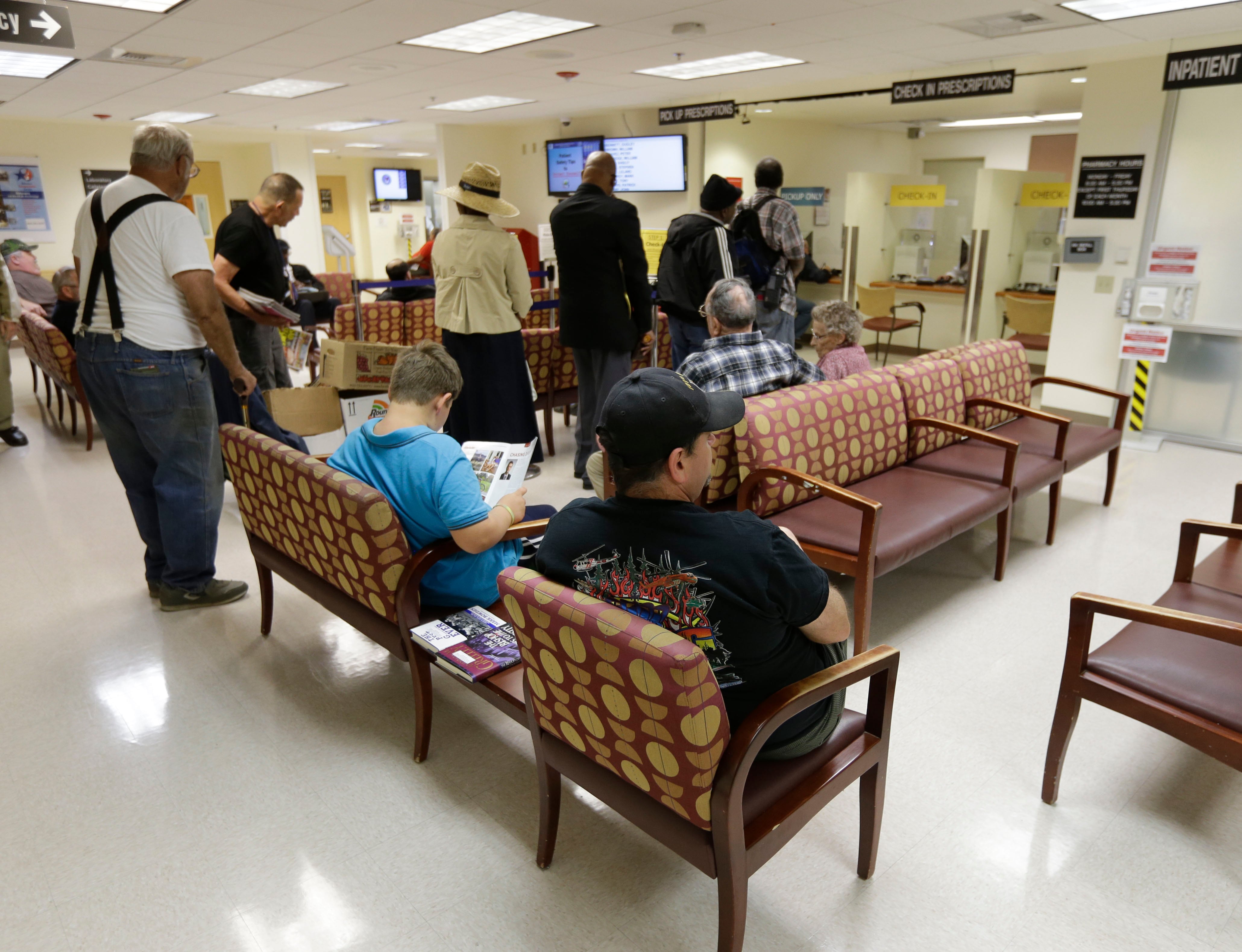source GAIA package: Sx_MilitaryTimes_M6201010005260319_5675.zip Origin key: Sx_MilitaryTimes_M6201010005260319 imported at Fri Jan 8 18:18:03 2016
MARJAH, Afghanistan — As they pushed through dusty farm compounds looking for insurgents, the members of this Marine fire team were wound tighter than a steel spring.
 Their temporary home, Patrol Base Yazzie, had come under rifle fire just minutes before they left the wire May 11 on a three-hour patrol of this former Taliban stronghold. With the sun dropping on the horizon, the heavily armed group was met with a mixture of fear, curiosity and anger from Afghan families milling around their simple mud homes. Cpl. Jordan Weaver, the team leader, contemplated the long, open hike they'd have to make up a sandy ridge leading to the edge of the Sistani Desert. They would be exposed until they got to the top — a significant concern, considering a Taliban sniper had opened fire on two previous patrols in the area that day.
Their temporary home, Patrol Base Yazzie, had come under rifle fire just minutes before they left the wire May 11 on a three-hour patrol of this former Taliban stronghold. With the sun dropping on the horizon, the heavily armed group was met with a mixture of fear, curiosity and anger from Afghan families milling around their simple mud homes. Cpl. Jordan Weaver, the team leader, contemplated the long, open hike they'd have to make up a sandy ridge leading to the edge of the Sistani Desert. They would be exposed until they got to the top — a significant concern, considering a Taliban sniper had opened fire on two previous patrols in the area that day.
"This," Weaver said, "is where the dangerous part starts."
The scene highlights what hazards face Marines in Marjah, three months after they and Afghan security forces took control of the region in Helmand province that is home to tens of thousands of civilians. While U.S. officials are discussing a planned assault on Taliban enclaves in nearby Kandahar province, violence here is on the rise now that the opium-producing poppy season has ended and Taliban forces who fled the area before the assault have begun to return.
The two battalions who patrol Marjah — 1st Battalion, 6th Marines, and 3rd Battalion, 6th Marines, both out of Camp Lejeune, N.C. — have faced a growing number of ambushes in recent weeks, with attacks coming almost daily. Insurgents wield 7.62mm machine guns, rocket-propelled grenades and sniper rifles. The snipers usually work alone, but so-called "Taliban fire teams" also ambush Marines, with three insurgents commonly firing from different positions at the same time, say members of 3/6's India Company.
"They have spies watching us," said Lance Cpl. Josh Storey, a team leader with India Company's 2nd Platoon, 3rd Squad, whose Marines survived a sniper attack May 12. "They watch us leave the wire, they count us, they figure out what weapons we're carrying, and then they ambush us."
Violence takes its toll
The casualties are beginning to add up across Helmand province. At least four Marines died and several others were seriously wounded in attacks across the region May 5-10. They include:
1st Lt. Brandon Barrett. A member of 1/6, Barrett, 27, was killed by a sniper May 5 while shoveling sand into bags to fortify his unit's post, according to a report in The Sunday Times of London, which had a journalist embedded with 1/6. He was hit in the chest with the gunman's first shot. Barrett was not wearing body armor, believing the two armored vehicles pulled around for protection would keep him safe. Another 1/6 Marine, 21-year-old Lance Cpl. Marcus Lounello, was hit by the sniper's second bullet, but he survived the attack, the Times reported. Lounello was not wearing body armor either, and reportedly lost a kidney, his spleen and part of his diaphragm.
Lance Cpl. Christopher Rangel. A member of 3/6, Rangel, 22, was killed May 6 by a sniper shot to the head, said Capt. Bill Hefty, commander of India Company, which was operating in northern Marjah and was ambushed numerous times over a three-day stretch that began the day Rangel died.
Lance Cpl. Richard Penny. A member of 1st Battalion, 2nd Marines, Penny, 21, died May 6 in Helmand province, the Defense Department said. More information about his death was not available, but 1/2 has patrolled in Garmser district, another area of the Helmand River Valley that has experienced pockets of resistance this month, Marine officials said.
Cpl. Kurt Shea.A member of 3rd Battalion, 10th Marines, Shea, 21, was killed May 10 while supporting combat operations in Helmand province. The cause of his death is under investigation.
Those are the most serious incidents, but in northwestern Marjah, India Company's 2nd Platoon has had several near-death encounters in which everyone escaped unharmed. On May 11, a sniper nearly hit Sgt. Daniel Leith in the head and knee while he and his Marines patrolled the same ridge that Weaver's fire team climbed later that night. Leith's group, a reinforced fire team from 2nd Platoon, 3rd Squad, took cover by a nearby cemetery but was unable to return fire.
Earlier that afternoon, a sniper opened fire on another patrol, nicking the top of Gunnery Sgt. Christopher Cary's helmet from about 100 meters away. The next morning, a sniper struck again, opening fire on a patrol traveling south along a major road in Marjah referred to by the Marines as "Jaguar." The Marines and a Marine Corps Times photographer escaped with only bumps and bruises by scaling a wall and dropping more than 10 feet on the other side. They then took over a nearby compound and fired back with rifles and an M32 multishot grenade launcher, but could not determine whether they killed any insurgents.
Cary, a member of an embedded training team working with the Afghan National Army at Yazzie, said he is sick of the Taliban's tactics.
"They hide their weapons and blend in, then pick them up when they're ready to shoot at us," he said. He added a simple prediction about the sniper: "He's not going to survive much longer."
Fighting back
The Marines of 3/6 haven't taken the attacks lying down.
Leith, 23, a gregarious squad leader who's built like a football running back, said his Marines have focused a lot of their energy on the area where another Marine, Lance Cpl. Stephen Younts, was wounded by a 7.62mm machine gun round. Recently, 3/6 received permission from the chief local tribal elder to destroy about 10 bridges connecting the Afghan villagers' homes to their farms on the other side of Marjah's canals.
To access the fields, used to grow poppy, corn and wheat, the farmers now must pass through a security checkpoint or swim across the canals. This limits the Taliban's ability to zoom through the area on motorcycles and curbs easy access to the Sistani Desert, where many Marines believe the group now stages attacks in Marjah. Less powerful elders in the region complain about the bridges being gone, but the practice has limited the Taliban's ability to move freely, Leith said.
"We're trying to pin them in and not give them so many places where they can cross freely," he said.
The Marines also have split their squads, patrolling as reinforced fire teams accompanied by ANA soldiers, to increase the number of patrols they send out per day. Typically, at least three leave from Yazzie daily, each with an interpreter and a handful of Afghan soldiers attached. The Afghan soldiers are new to combat, but they allow 3/6 to expand their footprint and more easily detect what seems out of place.
Hunting for a sniper
On May 10, Storey, a member of Leith's squad, led a reinforced fire team on an early evening patrol to the cemetery along the western ridge overlooking Marjah. Marines had taken fire from the hill there numerous times in the previous week but had not determined why it was so difficult to see their attackers.
Making the long uphill walk, the Marines were ready for insurgents to launch an attack. It never came, but as the team reached the ridge, they found their answer: The Taliban had dug fighting positions in front of the graveyard, sacred ground to the Marjah villagers identifiable by small trees decorated with cloth marks in pink, purple and other bright colors. Storey's eyes widened as he observed the three holes, each about six feet long and three feet deep — large enough to hide crouching insurgents using large firearms.
"I didn't expect to find actual fighting positions," Storey said. "Hell, these are better than the fighting positions I make."
The Marines radioed in the discovery and quickly set out to fill in the holes. A nearby farmer saw them and carried over a shovel to help.
The following night, Weaver's team set out in the same direction. They moved through farm compounds, rather than using the road, to limit the possibility of being detected.
Once they reached the ridge top, several Marines observed how easy it is for the Taliban to stage attacks from the Sistani Desert, which 3/6 patrolled regularly until last month, when they moved closer to Marjah to patrol its population center more regularly. The fire team watched two men on a motorcycle roaring in from the wide-open desert about a mile away and wondered why anyone other than the Taliban would be coming from that direction.
Weaver, 22, the designated marksman for 2nd Platoon, 3rd Squad, settled in behind a sandy berm and, using the scope on his 5.56mm Mark 12 rifle, scanned the valley below for signs of the sniper. A lanky, soft-spoken leader, he warned his team before they left Yazzie that he had "a bad feeling about this one."
Lance Cpl. Michael Aguirre squatted next to Weaver, clenching an M32 launcher and an M9 pistol. Three other Marines, a corpsman and three ANA soldiers set up a perimeter around them.
For 45 minutes, the group barely moved. The sun set below the desert horizon as Afghans in the valley below began singing their evening prayers, the music floating up from a mosque loudspeaker.
There was no engagement that night. The Marines walked back to their outpost in darkness, barely speaking a word.





